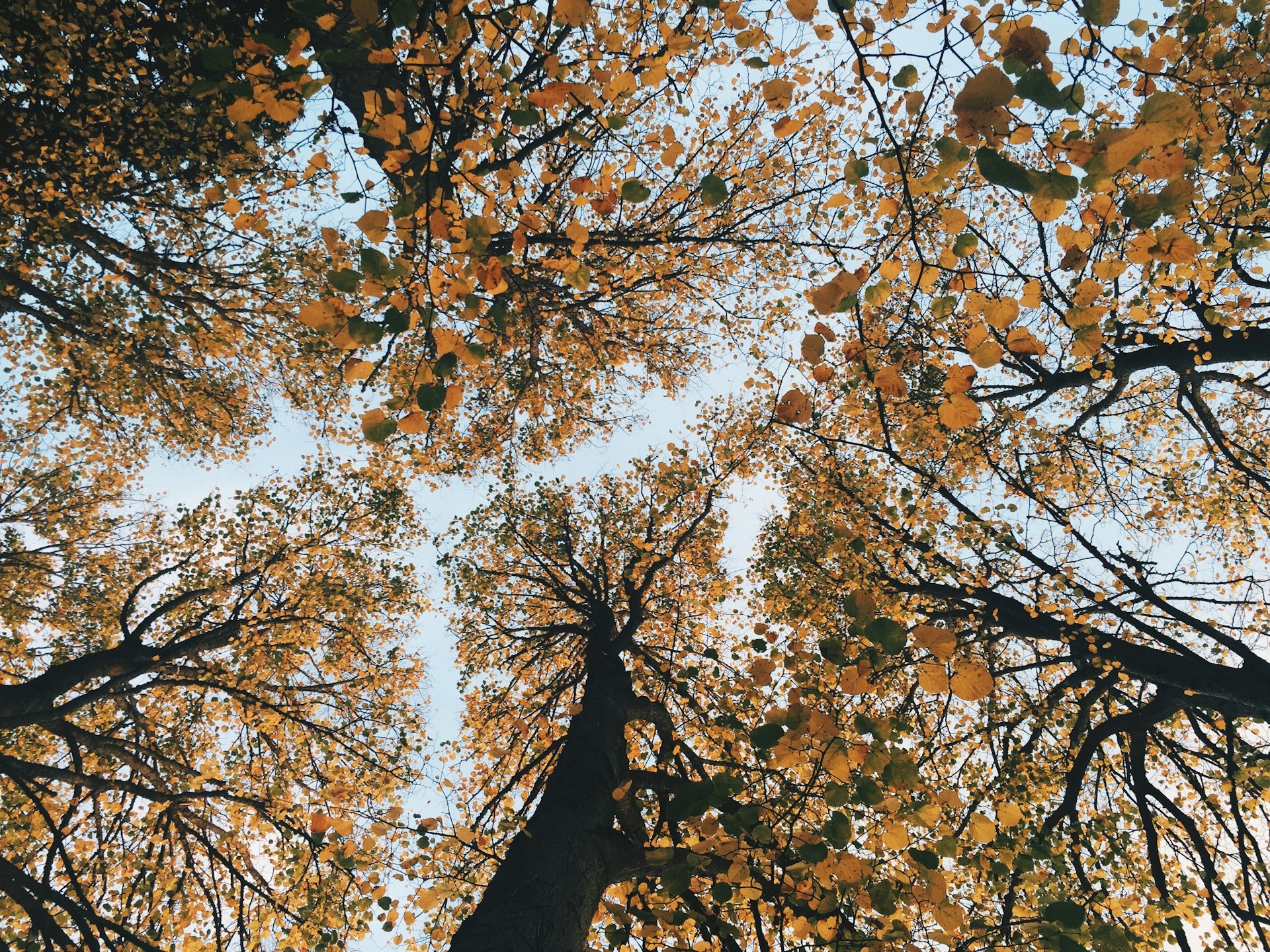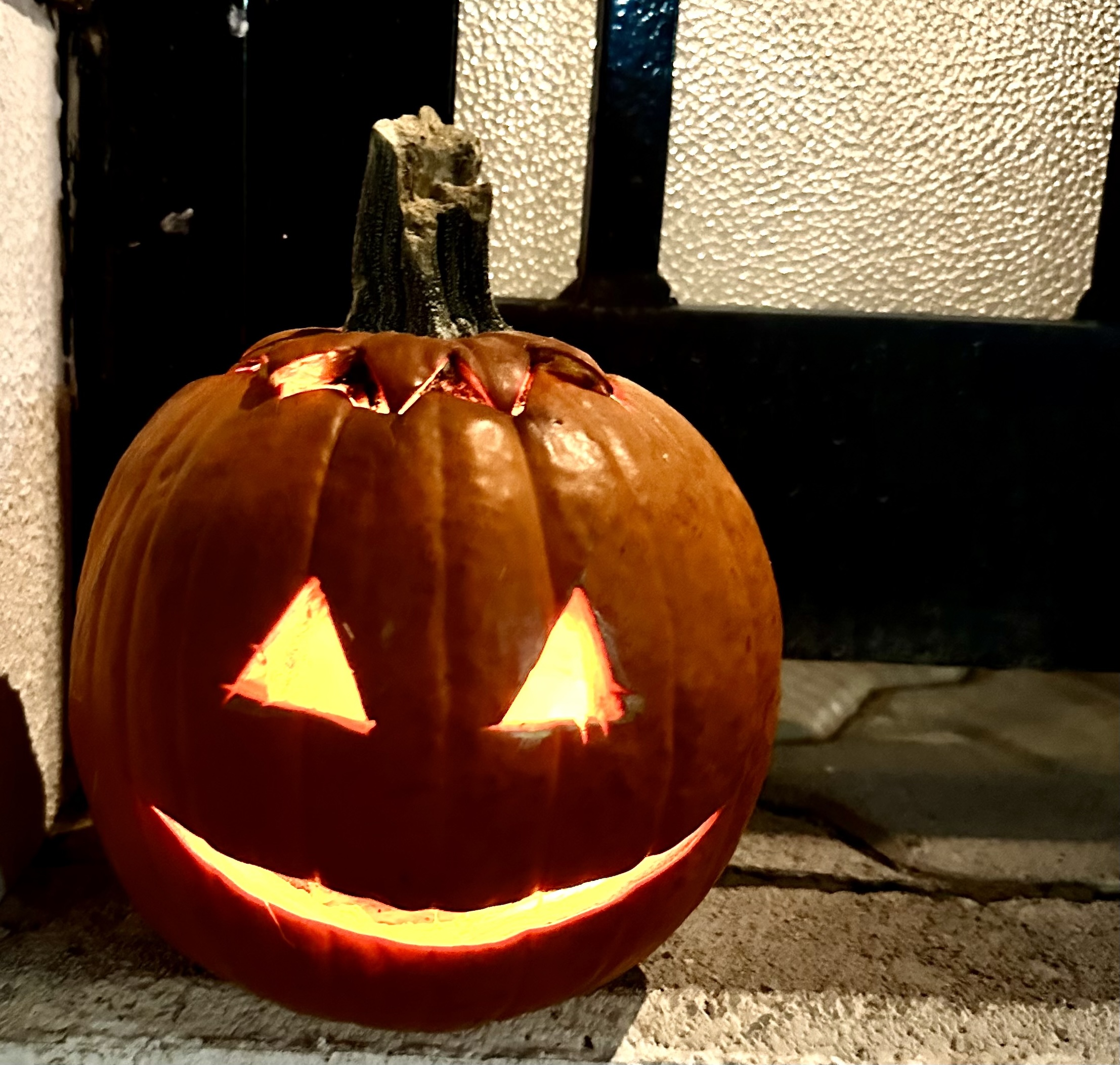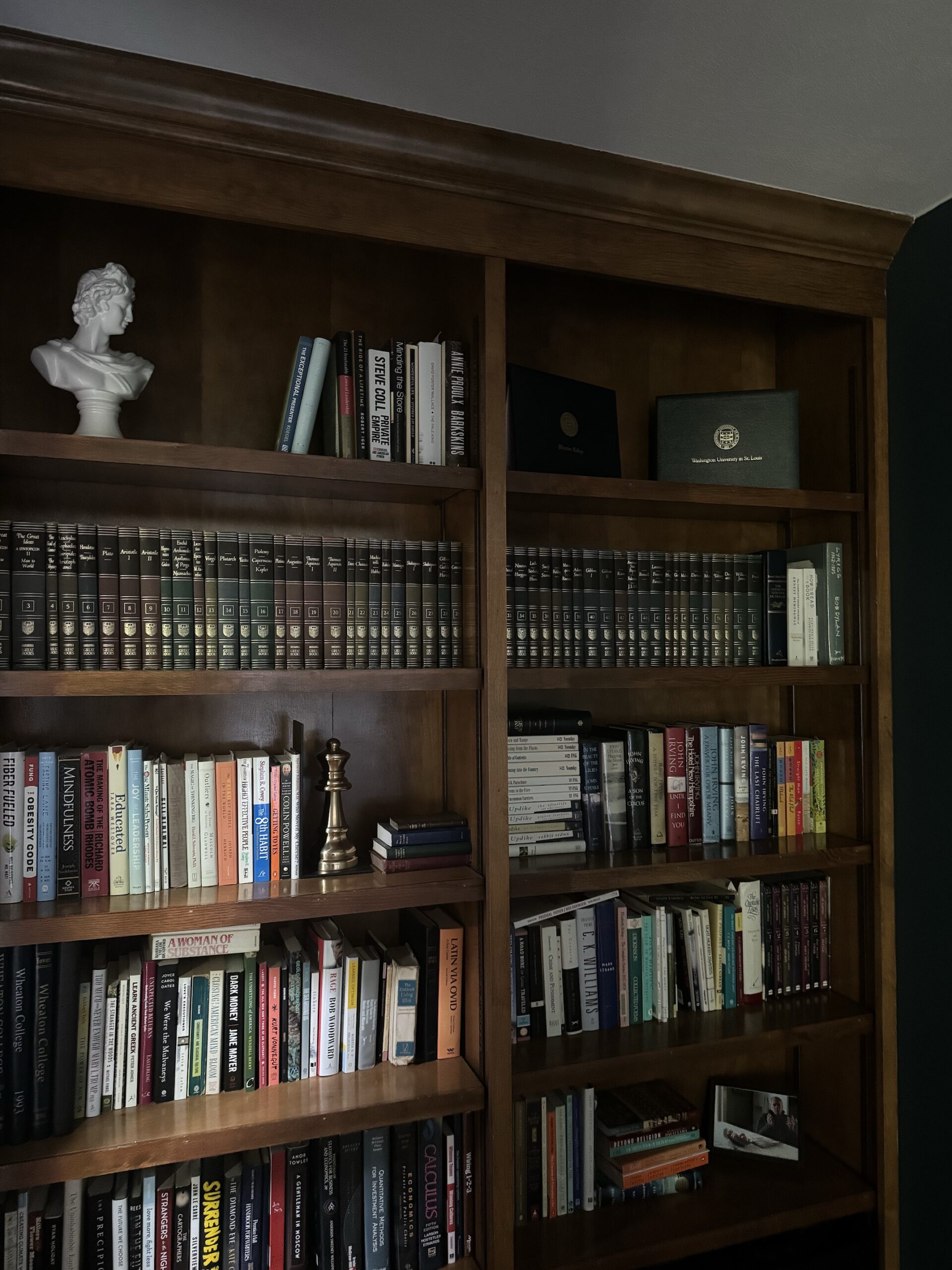
folklore


The Symbolism of Jack-o’-Lanterns
There’s something magical about the flickering glow of a Jack-o’-lantern on a crisp October night. Whether you’re a kid anxiously awaiting a night of trick-or-treating or an adult who loves decking out the house in spooky décor, that carved pumpkin is an essential part of Halloween. But have you ever stopped to wonder why we carve faces into pumpkins, of all things? Why pumpkins, and not something else? Jack-o’-lanterns have a history that’s as rich and intriguing as the legends that surround them. Their origins are rooted in ancient traditions, and over time, they’ve evolved into the iconic symbol of Halloween that we know and love today. From old Irish folklore to modern-day Halloween celebrations, Jack-o’-lanterns have taken on meanings and roles that go far beyond a simple carved pumpkin. Let’s dig a little deeper into this enchanting tradition. The Origins of Jack-o’-Lanterns The story of Jack-o’-lanterns begins far from the pumpkin patches of America. The roots of this tradition stretch back to ancient Celtic festivals, particularly Samhain, which marked the end of the harvest season and the beginning of winter—a time when the veil between the living and the dead was believed to be at its thinnest. During Samhain, people would carve turnips and other root vegetables, creating grotesque faces to scare away wandering spirits. These carved vegetables were often lit with a small candle or ember, serving as a beacon to guide lost souls or as a way to ward off evil spirits. The tradition of carving these “spirit lanterns” was carried across the seas by Irish immigrants, who brought their customs and stories to America. When these immigrants arrived in the New World, they found that pumpkins, which were native to North America, were much easier to carve than the tough turnips of their homeland. Pumpkins quickly became the preferred canvas for these lanterns, and the Jack-o’-lantern as we know it today was born. The transition from turnips to pumpkins might seem like a simple swap, but it was also a cultural adaptation. The pumpkin, with its large, hollow body and bright orange hue, provided the perfect medium for creating larger, more elaborate lanterns. And as the tradition of Halloween began to take root in American culture, the Jack-o’-lantern became one of its most enduring symbols. The Tale of Stingy Jack and the Devil One of the most fascinating stories tied to the origin of Jack-o’-lanterns is the Irish legend of Stingy Jack. The tale goes something like this: Jack was a clever but miserly man who tricked the Devil not once, but twice. The first time, Jack trapped the Devil by tricking him into climbing a tree and then carving a cross into the bark, preventing him from coming down. Jack only let the Devil go after he promised not to take his soul when he died. But when Jack eventually did die, he found himself unwelcome in both heaven and hell. As the legend goes, the Devil, true to his word, wouldn’t claim Jack’s soul. Instead, he sent Jack off into the dark night with nothing but a burning coal to light his way. Jack placed the coal inside a carved-out turnip, and he’s been wandering the earth ever since, a ghostly figure with a lantern—hence the name “Jack of the Lantern” or Jack-o’-lantern. This story, with its eerie imagery and moral lesson about greed, became deeply embedded in Irish folklore. It was believed that Jack-o’-lanterns, when placed outside homes, would ward off Stingy Jack and other wandering spirits. Over time, this story merged with the practice of carving lanterns during Samhain, further cementing the Jack-o’-lantern’s place in Halloween tradition. Cultural Significance Through the Ages As the tradition of carving Jack-o’-lanterns evolved, so too did their symbolism. What began as a way to ward off evil spirits gradually became a representation of the holiday itself—a visual cue that Halloween was upon us. But the Jack-o’-lantern’s role in culture has always been more than just decorative. In folklore, the Jack-o’-lantern has often been associated with themes of light versus darkness, life versus death, and good versus evil. The flickering candle inside the pumpkin serves as a symbol of hope and protection in the face of the unknown—a small, defiant light in the encroaching darkness of winter. In literature and media, Jack-o’-lanterns have taken on various roles. In Washington Irving’s “The Legend of Sleepy Hollow,” for example, the Headless Horseman famously hurls a pumpkin at Ichabod Crane, further embedding the Jack-o’-lantern in American Halloween lore. In modern times, Jack-o’-lanterns often appear in Halloween-themed movies, TV shows, and books, representing everything from spooky fun to the sinister and supernatural. Beyond their role in storytelling, Jack-o’-lanterns have also become a symbol of community and creativity. Pumpkin carving contests, where participants show off their artistic skills, are a popular event in many towns and cities. These gatherings celebrate not only the artistry involved but also the communal spirit of the holiday. Neighbors and friends come together to carve, share stories, and enjoy the simple pleasure of turning a pumpkin into something magical. As the years have passed, the Jack-o’-lantern has maintained its significance, evolving with the times while still retaining its core symbolism. Whether it’s a simple smile or an intricate design, each Jack-o’-lantern carved today carries with it centuries of tradition and meaning. The Design and Artistry of Carving Carving a pumpkin is more than just a Halloween activity—it’s a form of artistry. From the first cut to the final reveal, creating a Jack-o’-lantern is a process that combines creativity, skill, and a touch of tradition. But how did pumpkin carving evolve from simple faces to the elaborate designs we see today? Originally, the faces carved into turnips and pumpkins were crude and meant to be scary. They served a purpose: to ward off evil spirits. But as Halloween became more of a festive celebration rather than a night of fear, the designs became more playful and creative. Today, pumpkin carving has turned into an art form. You
Four Thieves Vinegar: The Ancient Elixir for Modern Day Magick
A blast from the way, way past.


What’s the Difference Between Astrology and Astronomy (and Why It Matters)
(Besides the fact that they’re spelled differently, ofc)

